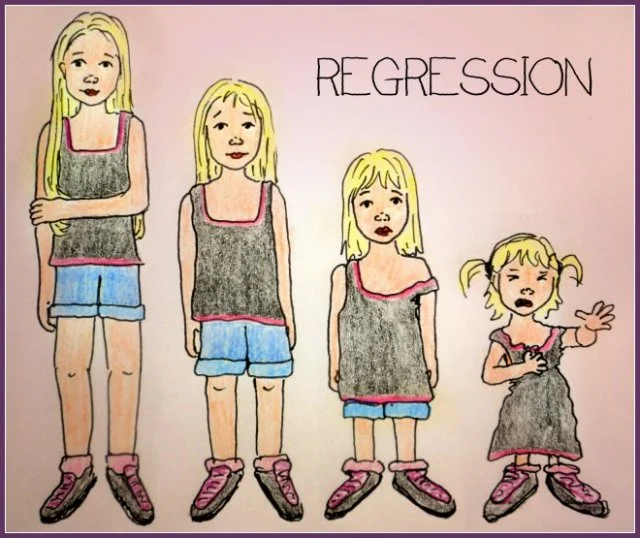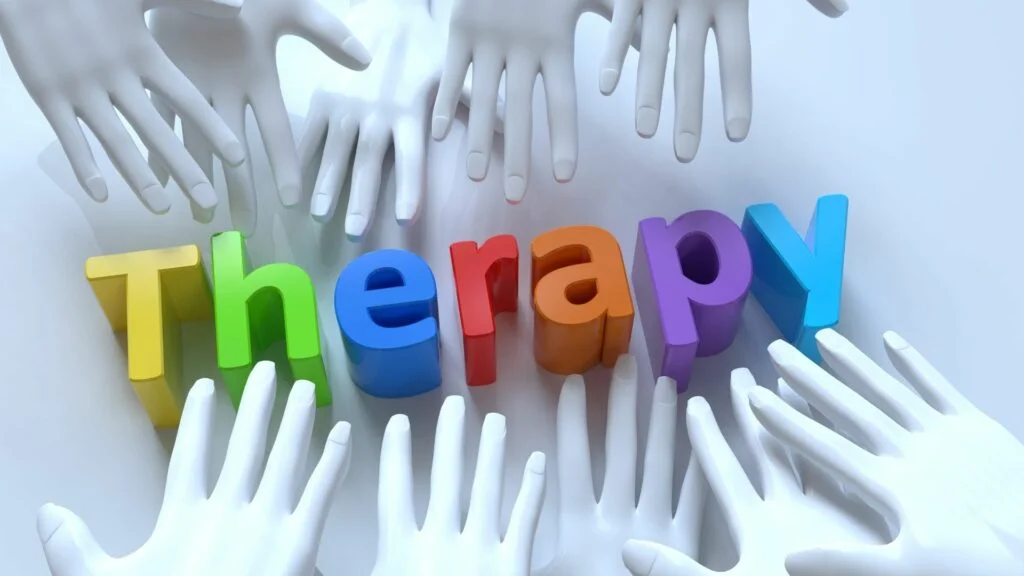Regression therapy is a form of psychotherapy that involves the patient revisiting past experiences in their mind. The idea of regression therapy is to relieve anxiety by experiencing memories without any of the negative emotions attached. Like other forms of talk therapy, it’s used to address mental health issues like depression or post-traumatic stress disorder.
Contents
What is Regression?

Regression therapy is an approach to treatment that focuses on resolving significant past events. It is believed that these past events are affecting someone’s mental and emotional wellness in the present.
Moreover, therapists who do this approach believe that people with a problem can get better by going back to the early experience. People with a problem should see improvement in their state of mind. However, this approach is somewhat controversial and is subject to heated debate. There has been limited research about it which means we do not know if it will work.
History and Development
Regression therapy primarily developed out of the theories and techniques of hypnotherapy and psychoanalysis, with their emphasis on rediscovering details of past events in order to solve current conflicts and emotions. Hypnotherapy and psychoanalysis both rose in popularity in the 1950s as the field of psychology began to embrace the belief that the past was the cause of turmoil in people’s lives.
Sigmund Freud, who developed the concept of bringing the unconscious to the conscious, was a prominent figure during the growth of psychoanalysis, and many of his ideas informed the development of regression therapy. Morris Netherton, who published Past Lives Therapy, the first book in the field of regression therapy, in 1978, has taught his theories in regression therapy across the world. Brian Weiss, who is credited with the continued development of regression therapy techniques since the 1980s, is another prominent figure in the field.
Types Of Regression Therapy
There are many different ways to do regression therapy. These are some of the ones you might think about:
- Hypnotic regression therapy: Different types of regression therapy involve hypnosis. One type doesn’t mention past lives or age regression. It helps people access their minds through hypnosis.
- Age regression therapy: In regression therapy, therapists ask patients to go back in time. They use an amnesia drug. According to the study, this is controversial in the psychiatric community due to the potential for false memories.
- Past life regression therapy: This is based on the thought that we carry over some of our bad things from past lives. This is very controversial and not recognized by many hypnotherapists.
Theory and Principles
As the works of psychoanalysis and hypnotherapy came together, many people started to do regression therapy. Consciousness became a central part of this work.
However, the three levels of consciousness recognized in regression therapy include:
- The conscious mind is the thoughts that someone knows they are having.
- The subconscious mind is the part of your brain that you don’t know. It has emotions, habits, and instincts inside it.
- The superconscious mind is like the spirit, soul, or higher element of a person. It may provide a model for how that person wants to think and act in the world.
However, regression therapy is the idea that people collect memories as they go through life. Memories are stored in the mind. Some memories are in your mind. You can remember them. Other memories are in your mind too, but you don’t think about them. They are not in the front of your head. Even though the subconscious memories cannot be accessed, they still have an impact on a person’s life. For example, if they can’t remember when something happened in their past, then it will affect how they think and behave today.
Working of Regression Therapy

Regression therapy helps people find what causes negative feelings. It helps you know what you should do to feel better.
Hypnotic regression therapy often happens in 5 phases. First, there is preparation. Next, you do some techniques to make your mind go back to the past. After that, you get to express and release emotions that were previously repressed. The next step is for you to relearn or reprogram your subconscious. Finally, the session concludes.
How to Prepare for Regression Therapy?
The regression therapist helps people when they are in a relaxed state. They do this by teaching the person deep breathing techniques. The therapist also asks the person to talk out loud about their past significant experiences and be as detailed as they can. The person to talk about how they feel when they remember the event. They can then find out about their feelings and that might help them with what is bothering them.
Once the therapist and person notice that they are having these emotions in their mind, they can work together to identify ways that these emotions might be harmful. In the relearning/reprogramming phase, the therapist and person in treatment work together to find new ways of talking about past events. They try to talk about things that will make it easier for the person and help them build up resilience and good sides.
People can do regression therapy with a therapist-directed or person-centered approach. The therapist-directed approach is less difficult because the therapist often has a script that fits the issue that they want to help you with. These scripts may be helpful in some instances, but they also may leave certain issues unaddressed. Many practitioners find this to be a less effective method than person-centered hypnotic regression therapy, in which the therapist uses hypnosis to allow the person in treatment the opportunity to obtain answers for themselves. A therapist needs to know how to do the therapy. A therapist can adapt other techniques, like Gestalt therapy and inner child work for the specific issues of the person they are treating.
Some regression therapists use past-life regression therapy, which considers the possibility of memories from a past life. Most regression therapists use regression therapy to look at significant memories from earlier stages of a person’s life.
Who offers Regression Therapy?
Regression therapy is a type of treatment where people who are trained in providing the therapy can help you. It involves understanding different levels of consciousness. If you want to do regression therapy, it is important that you have a lot of training. Without the right training, the treatment is not safe.
How can Regression Therapy Help?

Regression therapy is a good way to help people who have had a lot of bad things happen. We use it with different age groups and backgrounds. It can also help people who have been through a lot of bad stuff. There is a therapy that helps people. It is called regression therapy. People who have had a trauma often can’t express their feelings or interact with other people. This is because the event changed them, but they don’t remember what happened that made them feel like this. Regression therapy is a type of treatment for people who have been through a traumatic experience. It helps them to understand the impact the trauma has had on their choices and behaviors.
Furthermore, people who believe in this approach think that it will work well if people have one of these things:
- Fears or phobias that have no recognized cause
- Intimacy issues
- General relationship issues
- Feelings of guilt and shame that seem to have no explanation.
Furthermore, regression therapy is a shorter approach to treating mental health. Some people may see results after only one or two sessions.
The goal is to find out how your subconscious impacts your day-to-day life. It can help you remember events from the past that make you think or behave a certain way.
False memories happen when someone wants to remember something so much that they make it up. This could mean that they think about their parent who died before they could form memories.
These are claims from practitioners that aren’t necessarily backed by clinical evidence:
- Talking about bad things that happen to you can make it easier for you. It’s good to share your story with someone who will listen.
- Understanding how behaviors work.
- Patients can understand why they have reactions to things.
Concerns And Limitations
Scientific research that supports the efficacy is limited. This approach is somewhat controversial. Hypnosis can make people remember things that never happened. There have been cases where people remembered something bad, but it wasn’t true.
The therapist usually uses open-ended questions when guiding people through the re-experiencing process. This helps them remember what is happening. Instead of asking suggestive questions, it is better to just talk with the person and ask what they remember.
Past life regression therapy is a way to treat people when they are in need. The person needs to believe in the possibility of past lives. This has been shown to have some benefits when they do. It is also controversial to do this.
Conclusion
Regression therapy is a type of therapy that can help people overcome bad memories and experiences. The first time it was popular, was in the 1980s. More people study it to understand how effective the treatment is for PTSD or anxiety symptoms. Studies have shown that people don’t know which type of therapy is better. Some people who have had a therapy say they would recommend it. They felt confident enough after one session to go back into the world without fear. Something we do know about this treatment is that it has benefits.
If you are looking for affordable Online Counseling MantraCare can help: Book a trial therapy session


